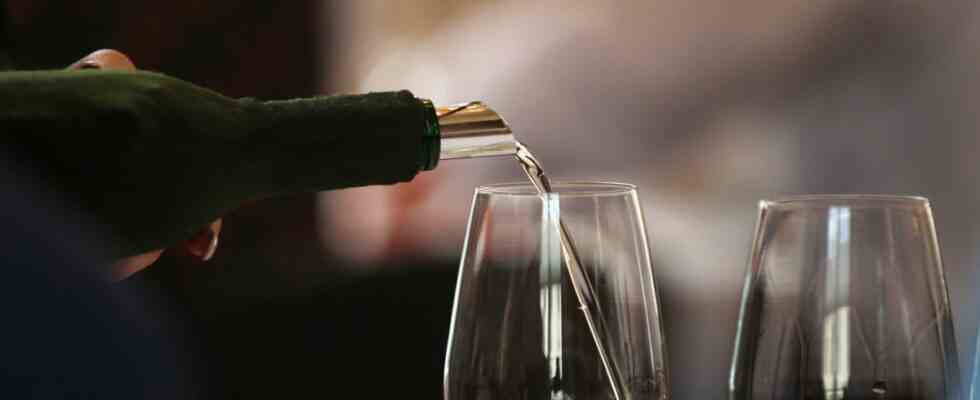Life in Germany has skyrocketed in price since the beginning of the Ukraine war – and so consumers have to shell out more for Franconian wine. “We assume that the prices for Franconian wine, as with all everyday goods, will rise,” said a spokesman for the Franconian Winegrowers’ Association in Würzburg. “Price adjustments are determined by the Franconian wine-growing companies themselves and can differ individually from company to company.” A look at the current price lists of winegrowers shows: While a liter bottle of Silvaner quality wine from the 2020 vintage cost around 7.00 euros, the 2021 vintage costs around 7.50 euros.
Above all, the costs for cardboard, energy and glass bottles have recently increased enormously. “The Franconian winegrowers will have to pass on part of the increased costs,” announced the spokesman. How much that will be on average is unclear. A lot of food has become more expensive since the start of the Ukraine war more than two months ago. A relaxation of consumer prices is not in sight for the time being. According to the Federal Statistical Office, food cost 6.2 percent more in March than a year earlier. Edible fats and oils in particular (plus 17.2 percent) and fresh vegetables (plus 14.8 percent) became more expensive. According to the expectations of top wineries nationwide, wine will become more expensive. The Association of German Prädikat Wineries expects cost increases of 30 percent and corresponding price increases. With 99 percent of the more than 6,300 hectares of wine-growing area, Franconia is the most important wine-growing region in Bavaria. There are about 2900 winemakers.
Currently, many are tackling one of the biggest pests in the vineyard, the grape moth, with biological means – they set up pheromone traps. With the sex attractant contained therein, grape berry moth males would be so confused that they would no longer find any females in the vineyards and would not reproduce, the spokesman explained. “For around 35 years, winegrowers have been using this environmentally friendly method to keep the damaging larvae of the grape moth out of the vineyards without the use of insecticides.” With this “confusion method” the females remain almost without exception unfertilized, the population decreases. In the past, the grape moth was fought with toxins. The larvae of the butterfly prey on flowers and grapes. The budding of the vines has begun in the Franconian vineyards. The vines are expected to flower in mid to late May. It directly influences the timing of the harvest – the grapes are ripe about 100 days after flowering.

